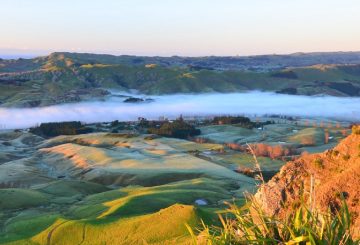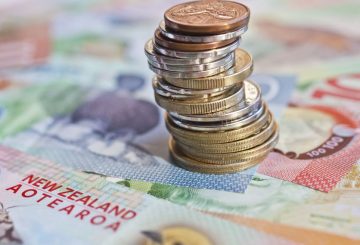一些惠灵顿企业要求政府效仿亚马逊的做法,让工人停止在家工作。他们认为这可能有助于改善经济,新西兰银行最近的一份报告将经济描述为 “冰冷”。
在惠灵顿,将近四分之一的劳动力由公务员组成,另有16%在地方政府和教育部门工作。企业希望政府雇员返回办公室,以增加人流量并帮助陷入困境的企业。
向当地餐馆出售农产品的桑杰·达亚尔觉得这座城市太安静了。他回忆起古巴街过去有多繁忙,并计划将商店搬到更繁忙的地区。他指出,企业在市中心为人流量支付更高的租金,而由于远程工作,人流量已大幅下降。
达亚尔认为,如果政府工作人员返回办公室,这将使这座城市复兴。他认为空荡荡的街道与当地企业的衰落有关。菲德尔咖啡馆的老板罗杰·杨表示同意,他指出,他的餐厅最近经历了25年来最慢的一周。他希望政府鼓励工人返回,以改善城市的氛围。
杨补充说,重返办公室将提高工作效率和心理健康,因为在家工作可能会导致隔离。Caffeinated Dragons的所有者里斯·卡恩认为,让政府工作人员回来会有所帮助,但他承认公共部门的裁员已经损害了企业。
其他当地企业也进行了调整,迁往郊区,那里有更多的人亲自工作。Pickle and Pie 的 Mia 和 Tim Tracey 在 Ngaio 而不是城市开了一家面包店,因为他们的城市顾客经常在家里。
餐饮协会主席迈克·伊根指出,办公室人数减少会损害企业的收入。最近的一份报告指出,惠灵顿的酒店销售在2024年初下降了5.5%,而全国销售额增长了。
尽管关于远程工作的争论不休,但就业律师苏珊·霍恩斯比-格鲁克说,强迫员工回国取决于他们的合同。如果合同规定工作必须在办公室完成,则雇主可能要求退货。但是,如果员工已经在家工作多年,他们可能会争辩说这已成为一种公认的做法。






























































